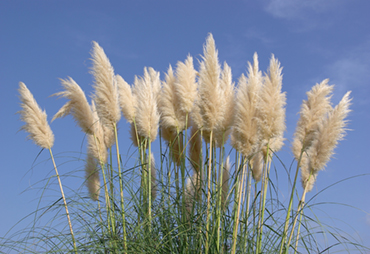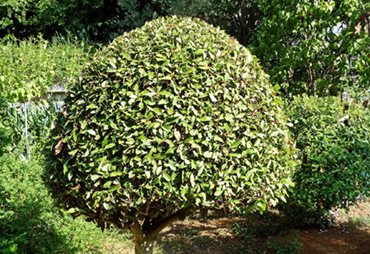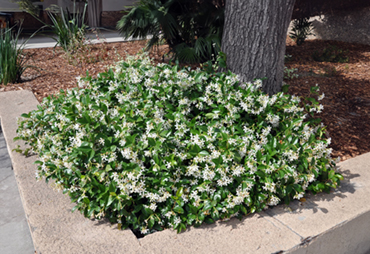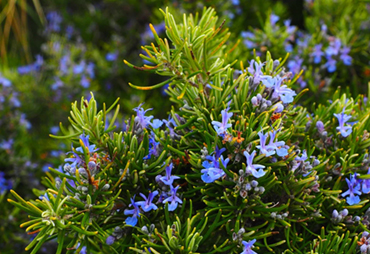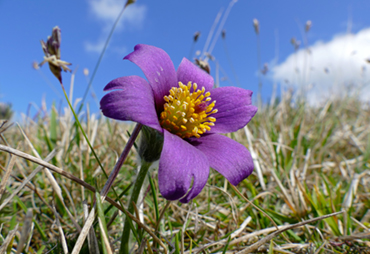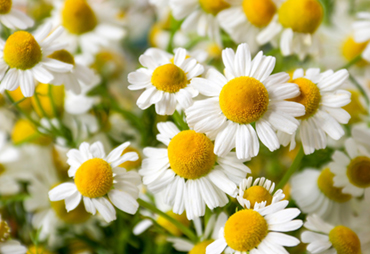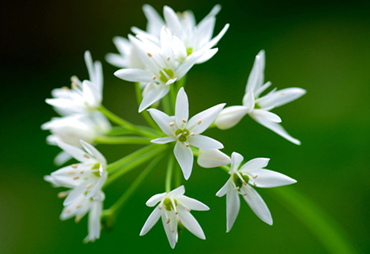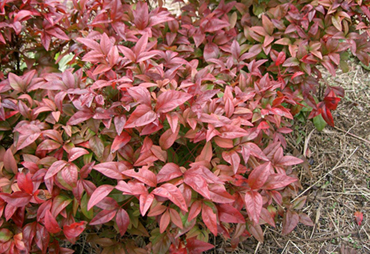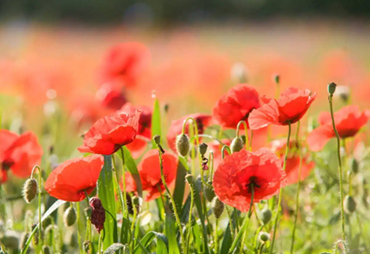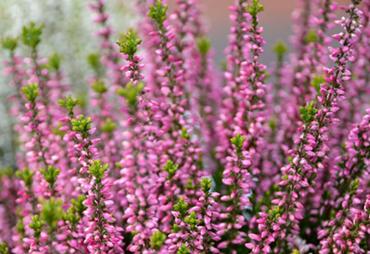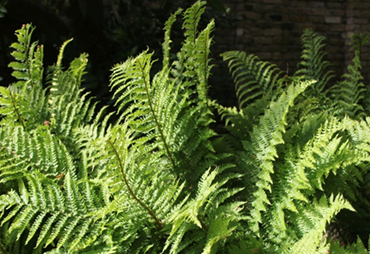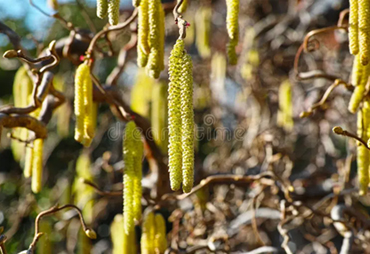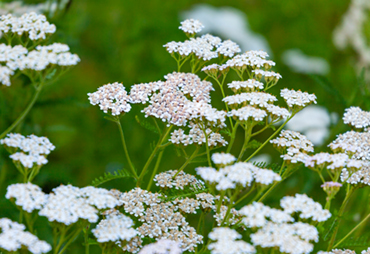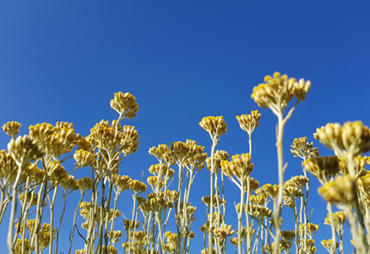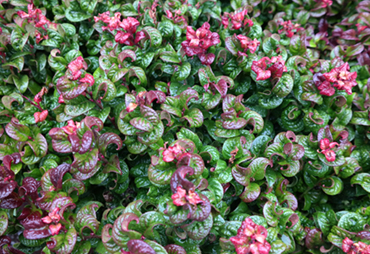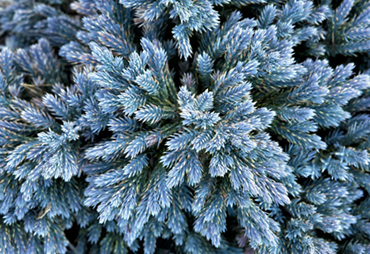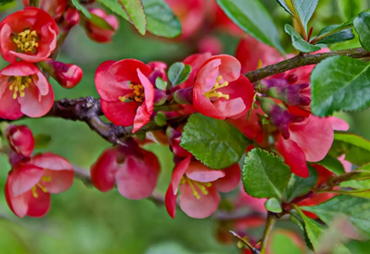Apothecary Now!
Plants have provided medicinal use through the centuries, with the dispensing of naturally derived formulations being adopted as a profession by apothecaries as early as 2400 BC. Natural medicine declined in popularity during the Renaissance period but has recently enjoyed renewed interest due to an increasing desire for naturally focused health and wellbeing. Hippocrates said “Let thy food be thy medicine and medicine be thy food”.
The Apothecary Now! border seeks to showcase plants with proven medicinal properties and demonstrate their accessibility to all. Some are familiar plants such as common sage (Salvia officinalis) which can help ease upset stomachs, can be used in a tea with honey to soothe sore throats and is a powerful anti-inflammatory. Sage can also aid memory function. Other recognisable plants include purple coneflower (Echinacea purpurea) which can be used to treat the common cold and skin problems including the treatment of acne. The roots and flowers can also be used to make an Echinacea tincture that can boost immunity and speed up recovery from cold and flu symptoms. Lavender can also be commonly found in domestic gardens. It has stress and anxiety relieving properties, aids relaxation and alleviates sleep disturbance.
The border also highlights other less well-known medicinal plants, that can be easily included in domestic gardens, such as the Shield Fern (Dryopteris filix-mas). The root stalks of the Shield Fern are anodyne, antibacterial, anti-inflammatory, antiviral, astringent, febrifuge, vermifuge and vulnerary. The root contains an oleoresin that paralyses tapeworms and other internal parasites and has been used as a worm expellant. It is not advised that untrained people prepare and administer the root internally, however externally, the root can be used as a poultice in the treatment of abscesses, boils, carbuncles and sores. Another less well-known species is the Ginger Lily (Hedychium), which can be used for treating nausea, halitosis, vomiting, diminished appetite, bronchitis, pain relief, hiccups and local inflammation. Like lavender its essential oil can also have a very calming and soothing effect.
The focal point of the Apothecary Now! border is a woven willow structure representing a Caduceus (the staff with winding serpents symbolising medicine) offering height within the design. Willow, in particular, Salix alba is an important medicinal plant as historically it has been used as a natural analgesic and is related to the synthetic development of aspirin. Another point of interest is a butcher block with some plant materials that have been prepared as infusions and powders to contextualise the design further in relation to the concept and message.
This is Apothecary Now!
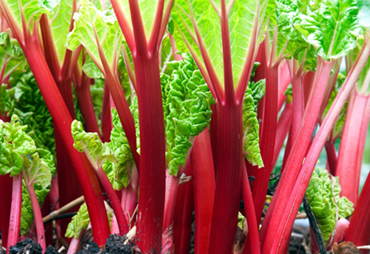
Rhubarb
Click here for a higher resolution picture in new window:
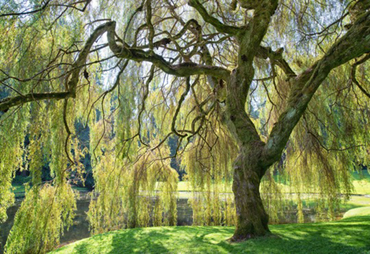
Willow
Click here for a higher resolution picture in new window:

Santolina chamaecyparissus - Lavender cotton
Click here for a higher resolution picture in new window:

Salvia officinalis - Common Sage
Click here for a higher resolution picture in new window:
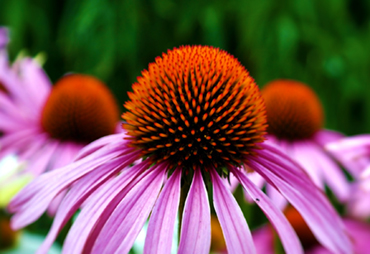
Echinacea purpurea - Purple Coneflower
Click here for a higher resolution picture in new window:
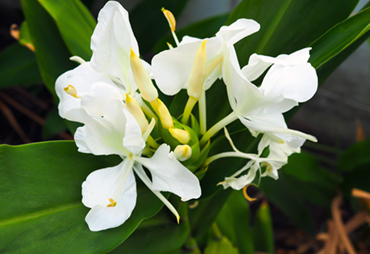
Hedychium coronarium - Ginger Lily
Click here for a higher resolution picture in new window:

